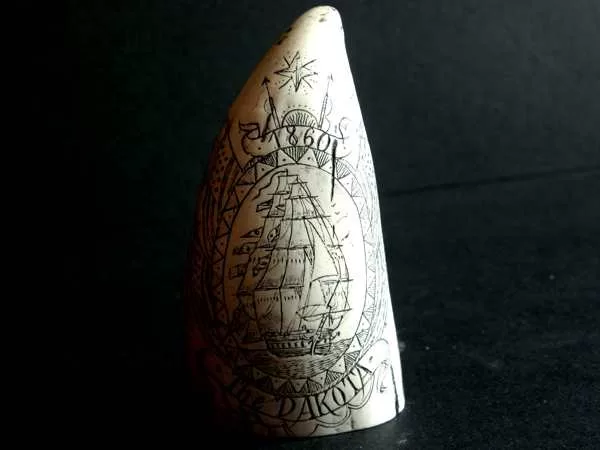Ivory has been treasured for centuries, often associated with royalty, luxury, and art. While today’s trade is heavily regulated due to conservation efforts, the historical allure of ivory is deeply embedded in literature, art, and ancient texts. This journey through history, literature, and religious references shows the significant role ivory played across different cultures and eras.
Key Points
Biblical References to Ivory: A Symbol of Wealth
The Old Testament frequently mentions ivory as a symbol of wealth and opulence. For instance, in 1 Kings 10:22, it is noted, “For the king had at sea a navy of Tharshish with the navy of Hiram: once in three years came the navy of Tharshish, bringing gold, and silver, ivory, and apes, and peacocks.” Similarly, 2 Chronicles 9:21 echoes this description, emphasizing how prized ivory was among other luxurious imports like gold and silver.
These biblical accounts reflect the ancient world’s fascination with exotic goods, including ivory. The mention of Tarshish, a distant trading hub, suggests that ivory was not just a material but a status symbol, representing the far-reaching trade networks of ancient civilizations.

The Literary Connection: From John Masefield to Herman Melville
The allure of ivory also makes its way into literature, often symbolizing beauty, danger, or the exotic. John Masefield’s poem Cargoes captures the romanticism of ancient trade, listing ivory among other luxurious goods transported across seas:
“Quinquireme of Nineveh from distant Ophir,
Rowing home to haven in sunny Palestine,
With a cargo of ivory,
And apes and peacocks,
Sandalwood, cedarwood, and sweet white wine.”
Masefield’s evocative verse transports readers to a time when ships carried the world’s most precious items, ivory being one of the most prized. The poem’s reference to Nineveh, a city also mentioned in the Book of Jonah, connects the historical trade of ivory with biblical narratives.
Herman Melville’s Moby-Dick also taps into the fascination with ivory, particularly through the art of scrimshaw. In Chapter 9, Father Mapple’s sermon on Jonah dramatically describes the prophet swallowed by a whale, likening its jaws to ivory prison bars:
“… he drops seething into the yawning jaws awaiting him; and the whale shoots-to all his ivory teeth, like so many white bolts, upon his prison.”
Later in Chapter 57, Melville vividly describes the practice of scrimshaw—the art of carving elaborate designs into whale teeth and bones, which whalers did in their spare time. This art form turned the raw ivory of whale teeth into ornate keepsakes, deeply intertwined with the maritime culture of the 19th century.
Scrimshaw: The Mariner’s Art and Its Modern Legacy

Scrimshaw, an art developed by whalers, involved carving intricate designs on whale teeth, bones, and baleen. These carvings often depicted ships, whaling scenes, and personal mementos, serving as both artistic expressions and historical records. Melville’s depiction highlights the resourcefulness of sailors who, using simple tools like jack-knives, transformed their idle hours at sea into moments of artistic creation.
Today, genuine whale ivory is protected under strict conservation laws, but the art of scrimshaw lives on through replicas and resin reproductions. Collectors still seek these items, but caution is advised; the trade in illegal ivory remains a problem, and some modern replicas are deceptively marketed as authentic antiques.
The End of an Era: The Last Whalers and Their Legacy
The Dakota, one of the last whalers to sail from Nantucket, represents the end of an era in maritime history. Whaling was a dangerous and grueling profession, often involving intense chases known as “Nantucket Sleighrides,” where harpooned whales dragged small boats across the sea at high speeds. This thrill, immortalized in music like Mountain’s song “Nantucket Sleighride,” reflects the peril and adventure of the whaling age.
Only one wooden whaling ship, the Charles W. Morgan, remains today, preserved as a museum and a reminder of the industry that once thrived on the world’s oceans. For enthusiasts, model kits of historic whalers like the Charles W. Morgan provide a tangible link to this bygone era.
From Scripture to Scrimshaw: A Continuing Fascination
The legacy of ivory, whether through ancient scriptures, literary classics, or maritime art, continues to captivate the imagination. It serves as a symbol of wealth, adventure, and the human urge to capture and display beauty, even at great cost. While the trade in ivory has largely been curtailed to protect wildlife, its history remains a testament to humanity’s complex relationship with the natural world.




















